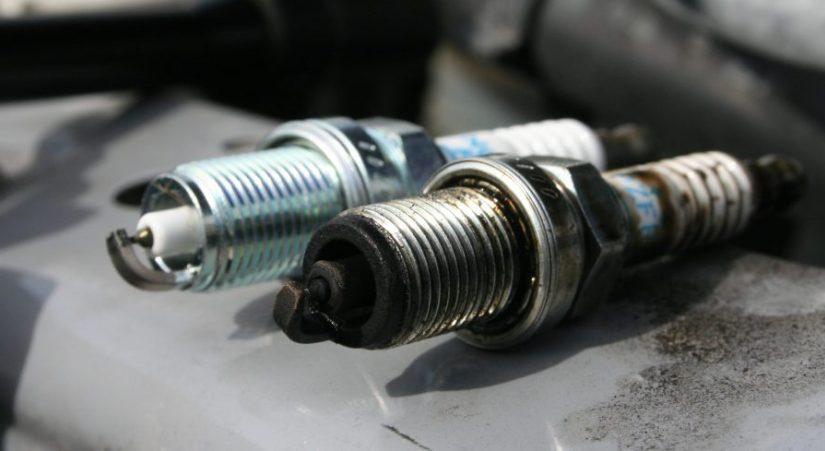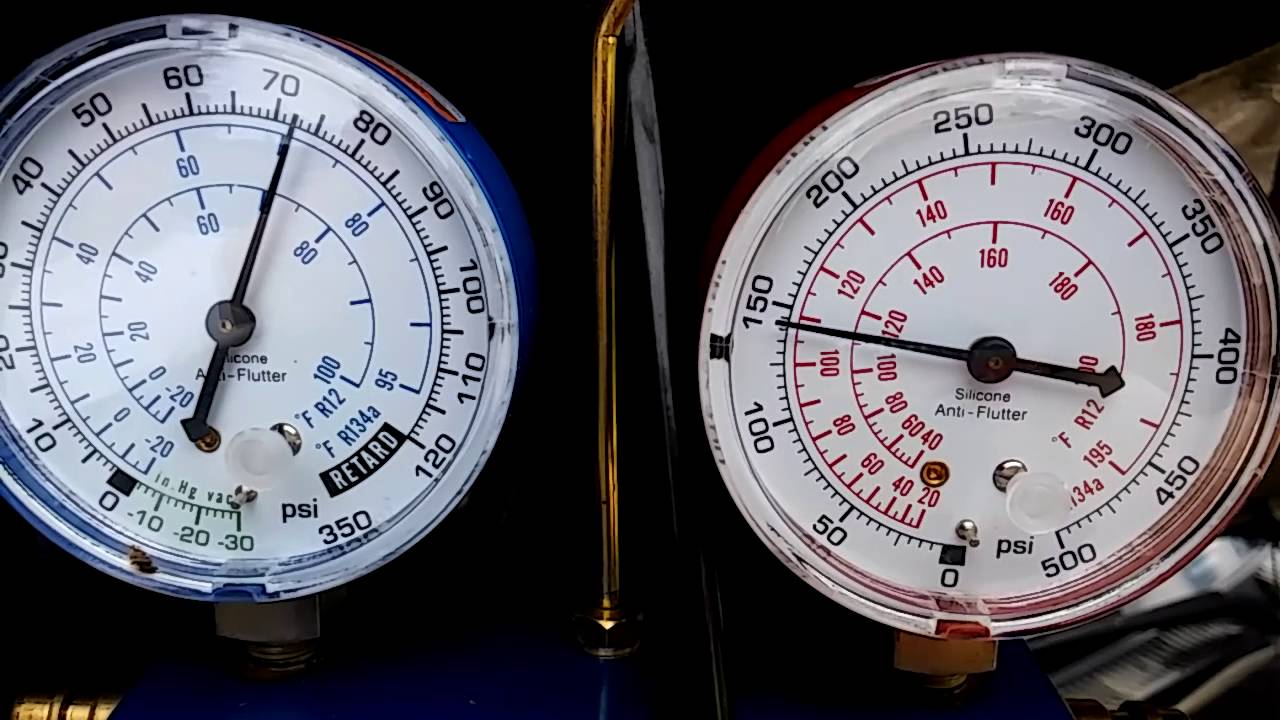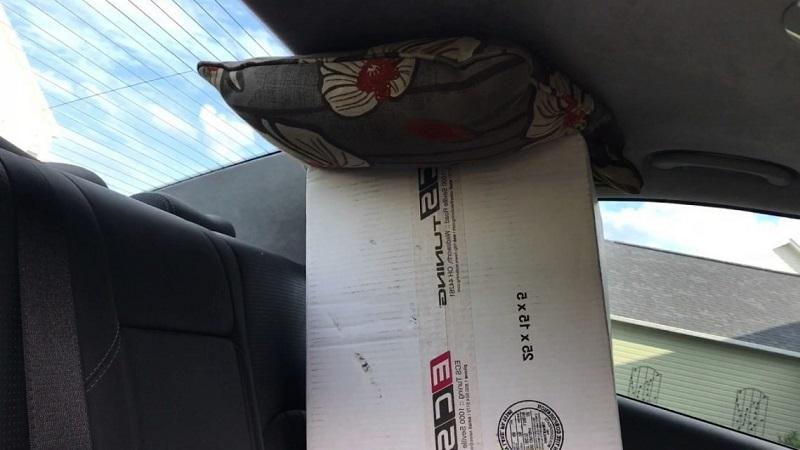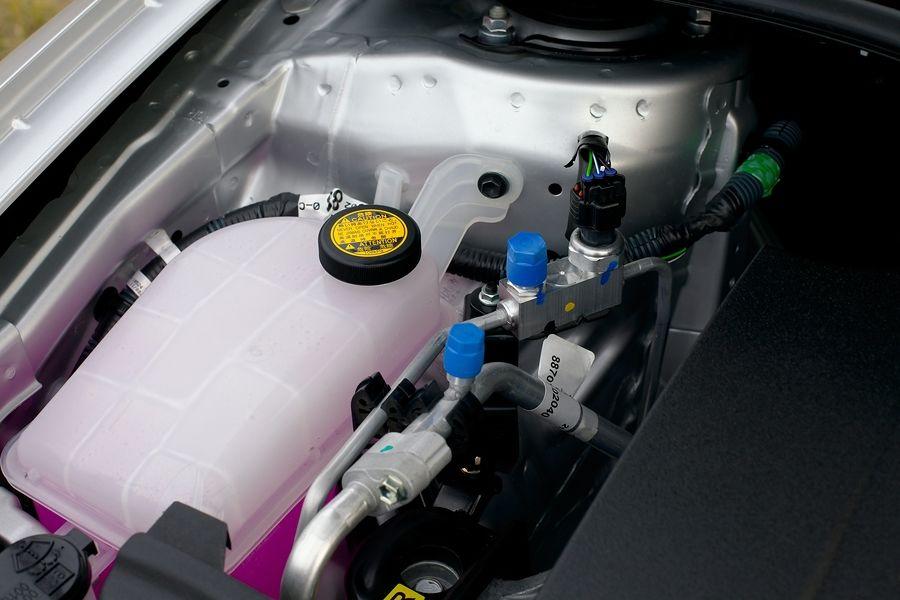Learn 4 Basics to Diagnose an Engine That Won’t Start
The car hard starting problem can alone ruin a nice morning. You might be in a hurry to catch a meeting or pick up someone but your car won’t start and you just curse your fate because you don’t know how to diagnose an engine that won’t start. Well, it means a bill is waiting for you at the car servicing shop!
4 Ways to Diagnose an Engine That Won’t Start
The four basic components required for an engine to be functional are – fuel, air, spark, and compression. So, it’s not quite difficult to figure out what your car is actually missing. These following diagnosing techniques, which apply to most vehicles, will help you find out the car hard starting problem.
Spark
Inspecting the spark should be the first step to diagnose an engine that won’t start. Insert a spark plug into its boot and place its metal threaded part against a metal surface of the engine. Ask a friend to crank the engine and you just watch for sparks between the electrodes. The problem is electrical if there’s no spark.

The root of this issue could be a damaged or bad coil pack, distributor, crankshaft, or camshaft position sensors. You have to find out if these components are getting power.
Fuel
You can start the diagnosis by checking if the fuel delivery system is running properly. Keep the engine cranking and spray a little amount of starter fluid on the throttle body. If it fires, the fuel problem is the reason.
In this case, you have to check for a fuel leak, clogged injector, blocked fuel filter, fuel pressure regulator, and the fuel pump.
Here is what you should do if your car won’t start.
SEE MORE:
Air
Checking for air is another way to diagnose an engine that won’t start. Examine the air filter, air inlets, and ducting to see if they are blocked with debris. Besides, cracks in the air induction or leaks in the vacuum could be the culprits too.
Compression
Using a compression tester is the easiest way to figure out if the root of the problem is any mechanical issue. Low compression could be the result of worn out engine parts such as piston rings, cylinder walls, and camshaft lobes. It could be the outcome of some minor hitches too such as a misaligned valve or a broken timing chain.

You have to thread the tester’s fitting into the spark plug hole and crank the engine. It’s a red flag if two adjacent cylinders show a difference of 40 psi.
Conclusion
These are the most common ways to diagnose an engine that won’t start. However, the battery is the culprit for most of the times. Your car doesn’t start probably because you have a dead battery because of keeping the headlights on overnight. Look into the components mentioned above if the battery is not the problem.














